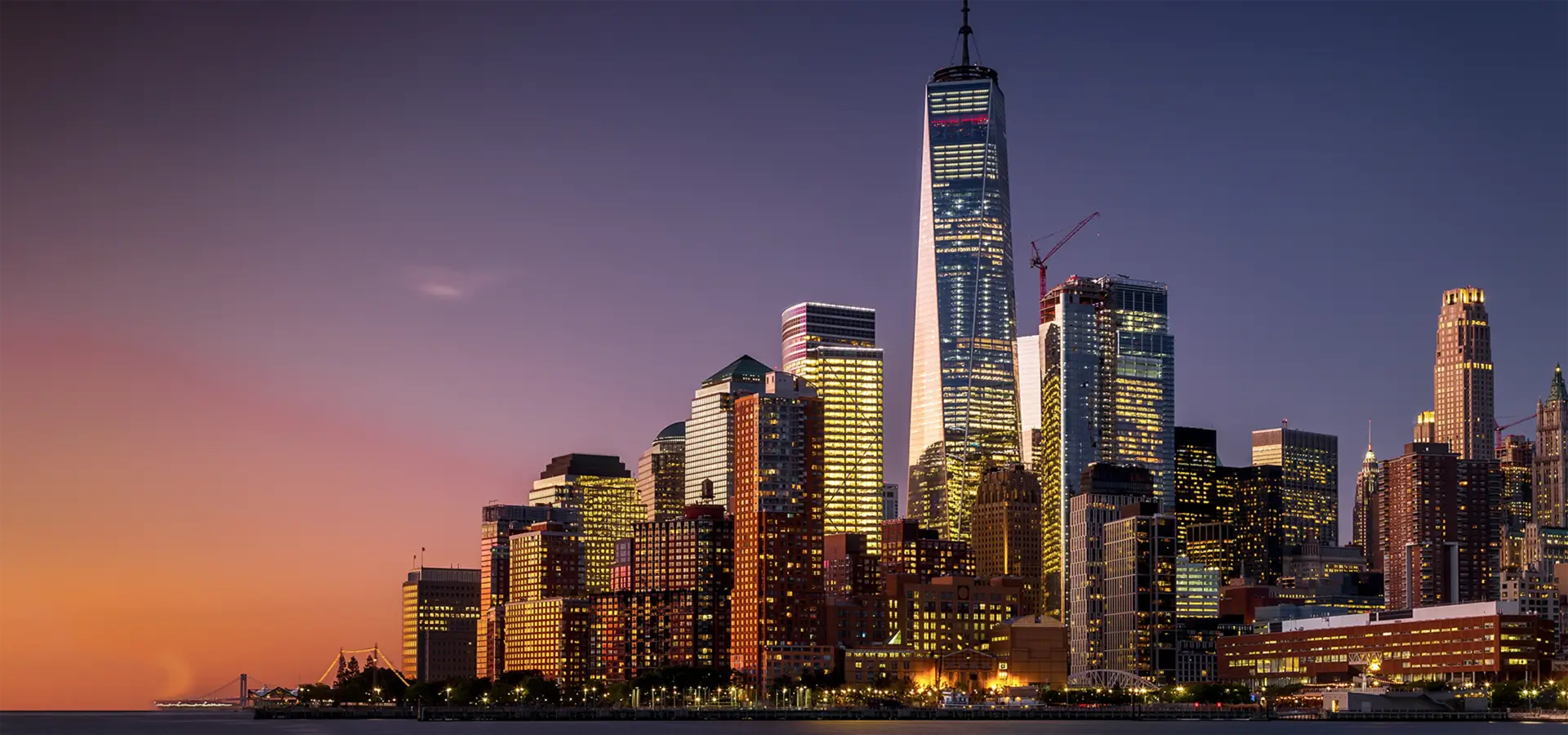

The Importance of Float Flat Glass An Overview
Float flat glass, an essential material in modern architecture and design, has transformed the way we perceive and interact with our environments. This innovative product, created through a meticulous manufacturing process, offers unparalleled clarity, strength, and versatility, making it a popular choice in various applications, from windows to facades.
The Manufacturing Process
Float glass is produced using the float glass process, a technique developed in the 1950s by Sir Alastair Pilkington. The process involves melting a mixture of silica sand, soda ash, and limestone at high temperatures to create molten glass. This molten glass is then poured onto a pool of molten tin, allowing it to float and spread evenly to form a smooth, flat surface. The unique properties of the tin ensure that the glass achieves an even thickness, resulting in the high-quality flat glass we see today.
Once cooled, the glass can be cut, processed, and coated according to specific requirements. Additional treatments, such as annealing or coating for energy efficiency and safety, further enhance its functionality, allowing it to be tailored for various building codes and aesthetic needs.
Applications in Architecture and Interior Design
Float flat glass has become a cornerstone in architecture, significantly influencing building designs. Its clarity and ability to transmit natural light enhance the aesthetic appeal of spaces while promoting energy efficiency. The use of large glass panels allows for expansive views and a seamless connection between the interior and exterior, which is increasingly desired in modern living and working environments.
In the realm of interior design, float flat glass is utilized in furniture, partition walls, and decorative elements. Its versatility enables designers to create innovative solutions that cater to individual preferences and functional requirements. Whether it’s a sleek glass coffee table or a stunning glass partition, float flat glass contributes a sense of elegance and modernity.

Energy Efficiency and Sustainability
As sustainability becomes a crucial focus in construction, float flat glass technology has evolved to address energy efficiency and environmental impact
. Advanced glazing options, such as low-emissivity (Low-E) glass, can significantly reduce energy consumption by reflecting heat while allowing natural light to enter. This not only enhances comfort within buildings but also lowers energy bills, making float glass a financially and environmentally sound choice.Moreover, many manufacturers of float flat glass are investing in sustainable practices, including recycling programs and the use of eco-friendly materials in their production processes. The focus on sustainability aligns with the global movement towards greener building materials and practices, reflecting a commitment to reduce the carbon footprint of construction activities.
Future Trends and Innovations
The future of float flat glass is bright, with continuous advancements in technology and applications. Innovations such as smart glass, which can change its properties in response to environmental conditions, are paving the way for smarter buildings that can adapt to their surroundings. This technology promises to enhance energy efficiency further and improve occupant comfort.
Additionally, the aesthetic possibilities of float flat glass are expanding with the introduction of various textures, colors, and finishing techniques. As architects and designers seek to push boundaries, the use of float glass will undoubtedly continue to evolve, offering new dimensions to building design and functionality.
Conclusion
In summary, float flat glass is a vital material that enhances the beauty and functionality of our built environments. Its manufacturing process, applications, energy efficiency, and ongoing innovations highlight its significance in architecture and design. As we move towards a more sustainable future, float flat glass will continue to play a pivotal role in shaping the way we build and live.